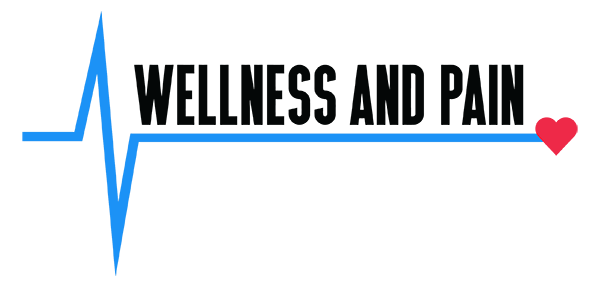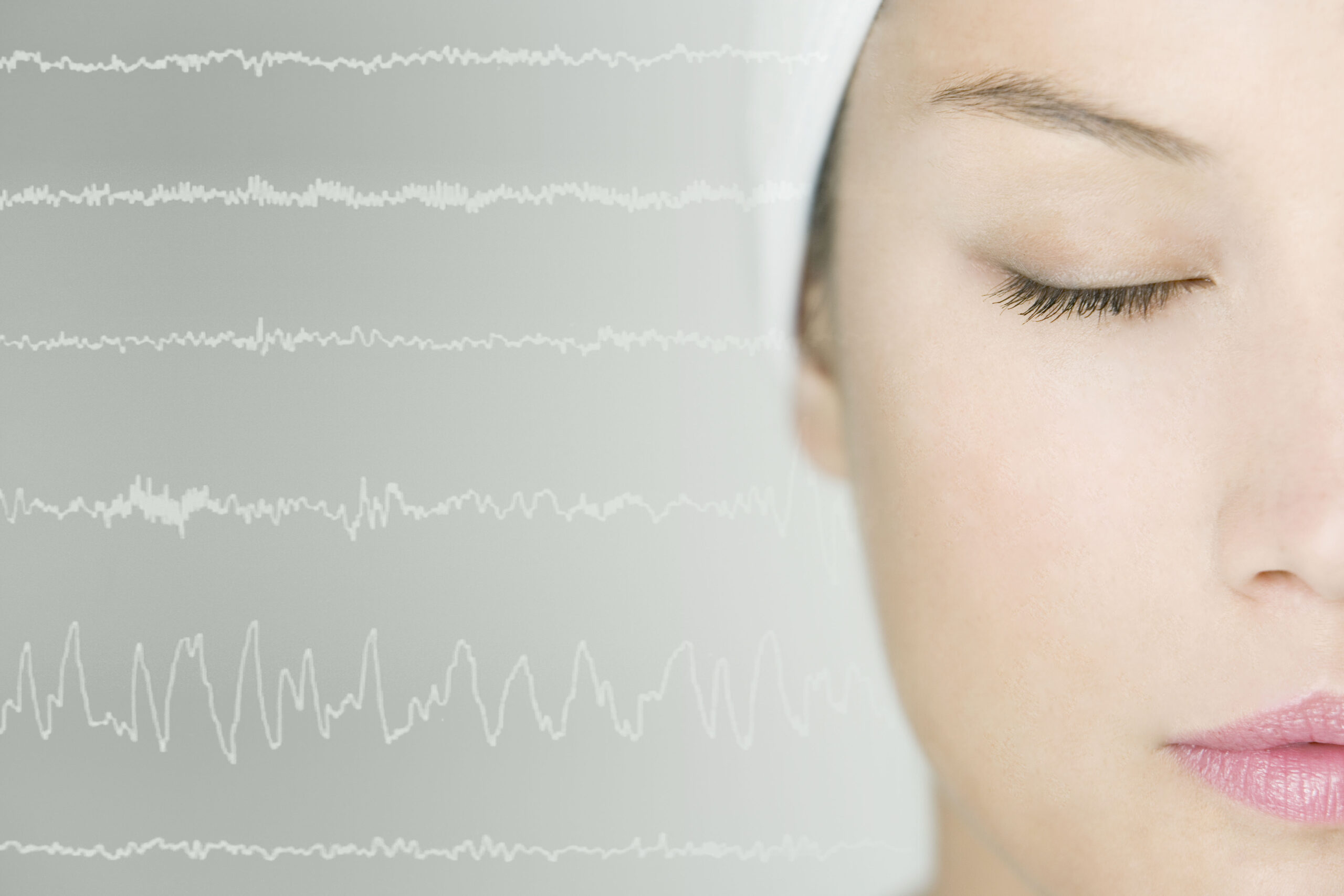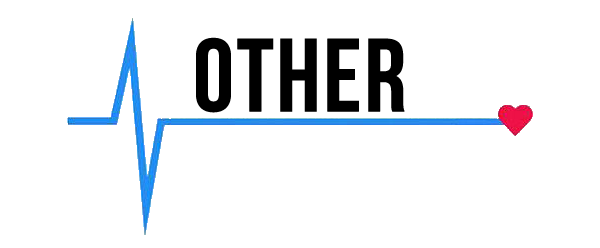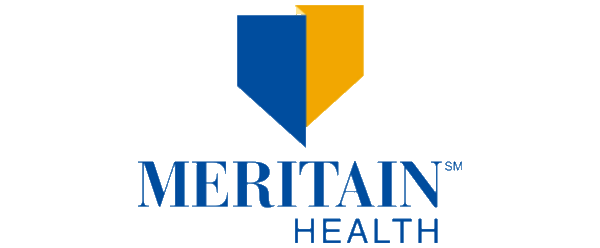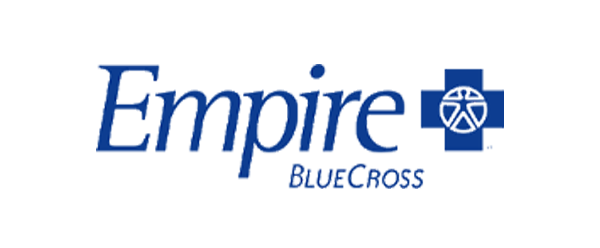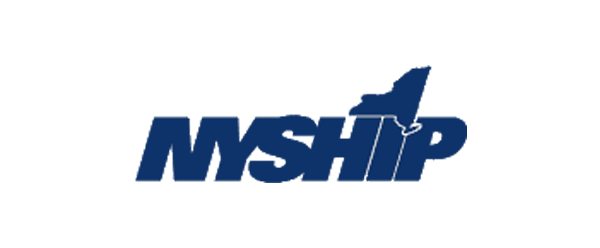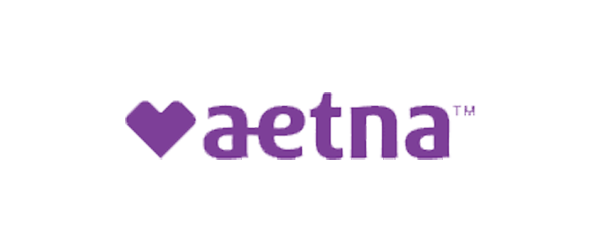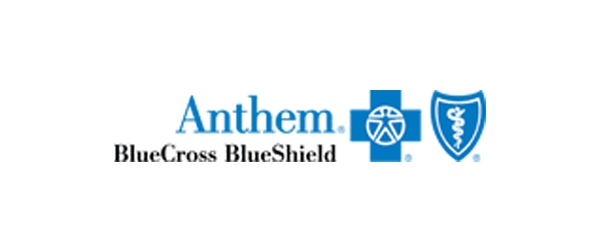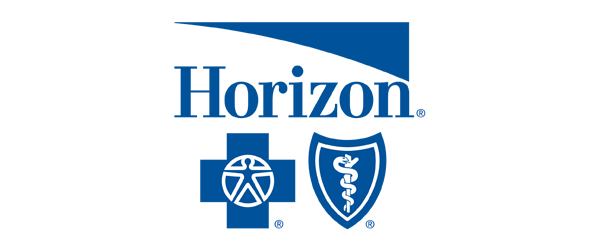The emergence of today’s at home sleep study has ushered in an era of convenience, transforming our approach to sleep apnea. The factors driving this shift are multifaceted, reflecting a growing demand for patient-centric health care solutions.
Sleep apnea, a disorder marked by repeated interruptions in breathing during sleep, has long posed diagnostic challenges. Traditionally, the gold standard for assessment was an overnight stay in a specialized sleep center for a polysomnography test.
The rising preference for home tests among sleep apnea patients is rooted in their inherent convenience. Unlike in-lab tests that require travel and an unfamiliar sleep environment, home studies allow patients to conduct the study within the familiar confines of their own bedrooms. This familiar setting translates to more natural sleep patterns, potentially yielding more accurate diagnostic data.
In addition, the affordability of home testing compared to in-lab studies makes them a viable option for patients with limited insurance coverage or high deductibles. Similarly, the ability to bypass lengthy waitlists at sleep centers and expedite the diagnostic process is a significant advantage, enabling faster initiation of treatment and mitigating the potential health risks associated with untreated sleep apnea.
According to Sleep is the Foundation, at home tests offer a crucial pathway for individuals with mobility limitations or those residing in remote areas.
At Home Sleep Study Technology Advancements
While the modern at home sleep study primarily focuses on respiratory parameters like breathing patterns, oxygen saturation, and respiratory effort, it provides a streamlined approach to diagnosing Obstructive Sleep Apnea (OSA). However, it’s important to acknowledge that testing at home may underestimate the severity of sleep apnea due to a reliance on total recording time rather than precise sleep stage monitoring.
These tests are also limited in their ability to diagnose Central Sleep Apnea (CSA) and other complex sleep disorders. To compensate for the lack of sleep stage monitoring, many modern home studies incorporate actigraphy, and even some limited electroencephalograms, to estimate sleep time. These technological refinements have been coupled with advancements in sensor technology and data analysis to improve accuracy and reliability.
Early devices were often bulky and limited in functionality, but contemporary devices are compact, user-friendly, and equipped with sophisticated sensors that capture comprehensive data. The approval of portable monitoring for OSA by the U.S. Centers for Medicare and Medicaid Services many years ago marked a significant milestone, paving the way for wider adoption of home tests and a shift toward home-based sleep apnea management.
Today, the simplified setup processes and wireless connectivity eliminate the need for cumbersome wires, allowing for greater freedom of movement during sleep. Advanced sensor technology, including pulse oximeters, nasal cannulas, chest belts, accelerometers, and peripheral arterial tone sensors, provides deeper data on your respiratory parameters and body movements.
Integrated software and smartphone apps automate this analysis, generating reports that can be easily interpreted by professionals and pain management specialists. The use of disposable components in some home study tests has also improved hygiene and convenience for patients.
| Feature | Older At-Home Sleep Studies | Modern At-Home Sleep Studies |
| Focus | Primarily respiratory parameters (breathing patterns, oxygen saturation, effort) | Same primary focus, but with added data points |
| Accuracy | Potentially underestimated severity due to reliance on total recording time, not sleep stages | Improved accuracy with actigraphy and some limited EEG for sleep stage estimation |
| Diagnostic Scope | Limited ability to diagnose central sleep apnea or complex sleep disorders | Still limitations in diagnosing CSA, but broader scope with improved technology |
| Device Design | Bulky, limited functionality | Compact, user-friendly, with sophisticated sensors for comprehensive data |
| Setup | Often involved cumbersome wires | Simplified setup with wireless connectivity for freedom of movement |
| Sensor Technology | Basic sensors | Advanced sensors: pulse oximeters, nasal cannulas, chest belts, accelerometers, PAT sensors |
| Data Analysis | Primarily manual analysis | Automated analysis with integrated software and smartphone apps for easy interpretation |
| Hygiene | Reusable components | Some studies utilize disposable components for improved hygiene |
| Key Metrics | Airflow, respiratory effort, oxygen saturation | Same key metrics, but with more data points for a more robust diagnosis |
To identify apnea and hypopnea events, these devices rely on airflow, respiratory effort, and oxygen saturation. This promises users a robust diagnostic experience.
Some of the Latest Home Test Concepts
Sleep specialists have been collaborating with their health system’s cardiologists to improve care for OSA patients through proactive at home sleep study assessment and a streamlined patient experience. This began when one team introduced a direct-to-patient, home-test shipping model and integrated sleep apnea screenings into the discharge process for cardiology patients suspected of having OSA.
These doctors recently added chest-wearable heart rate monitors to their toolkit. It’s slightly more comprehensive health monitoring than your typical home sleep apnea testing device.
“Patients undergoing sleep apnea evaluations who are suspected of having cardiac comorbidities will be clear candidates,” one report stated in Sleep Review. One doctor highlighted the “potential to identify asymptomatic patients with cardiac issues,” further adding: “I think that’s where we’re going to see a lot of gains.”
It’s just one example of the science behind sleep apnea treatment and testing that spotlights how far the arena has innovated over the years. Experts, who tried the heart-rate chest monitor themselves in a pilot program, also appreciated the device’s simplicity.
Recently, the device was cleared by the U.S. Food and Drug Administration to use cellular data upload capabilities, allowing physicians and technology specialists to receive data in near real-time once the test is complete. While it has clinically validated its capabilities as a home sleep apnea test, the team says it is still in the early innings of expanding what the platform can offer to clinicians.
Experts see initial clearances as the start of a broader multi-indication platform and plan to expand capabilities over time. New tools and models such as these could set a new standard for interdisciplinary care in sleep medicine and cardiology. Today, there are many more efficient uses of technology, providing an all-encompassing view to make sure patients are not over-tested or undertreated.
Compelling Arguments Behind the At Home Sleep Study
The benefits of a 21st Century at home sleep study extend beyond convenience and affordability. They enhance access to care for underserved populations and promote patient comfort, leading to improved compliance with testing and earlier diagnosis.
Studies have demonstrated the comparable accuracy of home tests in diagnosing OSA in patients, making them a reliable alternative to in-lab testing. The expedited diagnostic process enabled by home sleep studies allows for faster initiation of treatment, mitigating the potential health risks associated with untreated sleep apnea, such as cardiovascular disease and stroke. For individuals in professions where alertness is critical, such as pilots, drivers, and health care workers, home tests are superior and offer one of the best ways to identify OSA and prevent drowsiness.
Moreover, treating sleep apnea, potentially diagnosed through a home study, can lead to unexpected benefits. This includes quitting smoking and improving general wellbeing by reducing sleepiness and headaches.
“The obstructive sleep apnea segment is anticipated to hold the largest share of the global sleep testing services market,” according to Yahoo Finance and Spherical Insights. In general, the global sleep testing services market is separated into obstructive sleep apnea, insomnia, restless legs syndrome, circadian rhythm sleeping disorders, narcolepsy, and rapid eye movement (REM) sleep disorder.
“Sleep disturbances during sleep and serious health concerns are the hallmarks of the most common type of sleep disorder, obstructive sleep apnea,” it adds.
Some Additional Insights and Considerations
In addition to at home sleep study diagnostic testing, home remedies can help manage sleep apnea symptoms, including changing sleep positions, limiting alcohol consumption, and treating nasal congestion. It’s important to note that while some home remedies like positional therapy can be helpful, chronic snoring can potentially damage the tissues in the upper airways.
There are different types of at-home sleep studies, and it is important to discuss with your doctor which one is right for you. While home sleep tests are generally accurate in diagnosing OSA, they may not be suitable for everyone. Factors such as patient preference, environmental factors, and the availability of a good internet Wi-Fi connection can influence the accuracy of results.
Some patients have questions about the process, preparation, and results. Typically, a test involves wearing a small device with sensors attached to the finger, chest, and nose for one night. Preparation involves following a normal bedtime routine and avoiding stimulants before bed.
Results are usually available within a few days, and health care experts or your pain management specialist will discuss them in a follow-up appointment. While many insurance plans cover home sleep studies, be sure to check with individual providers for specific coverage details.
The increasing adoption of at home sleep apnea studies reflects a broader trend toward more personalized and patient-centered approaches. As technology continues to advance, these devices are likely to play an even more prominent role in the management of sleep apnea. Future iterations may incorporate more sophisticated sensors, improved data analysis capabilities, and potentially even contactless monitoring.
Wellness and Pain
Personalize your at home sleep study by visiting Wellness and Pain. We offer conservative treatments, routine visits, and minimally invasive quick-recovery procedures. We can keep you free of problems by providing lifestyle education and home care advice.
This enables you to avoid and manage issues, quickly relieving your inhibiting lifestyle conditions when complications arise. We personalize patient care plans based on each patient’s condition and unique circumstances. Wellness and Pain can help improve wellness, increase mobility, relieve pain, and enhance your mental space and overall health.
